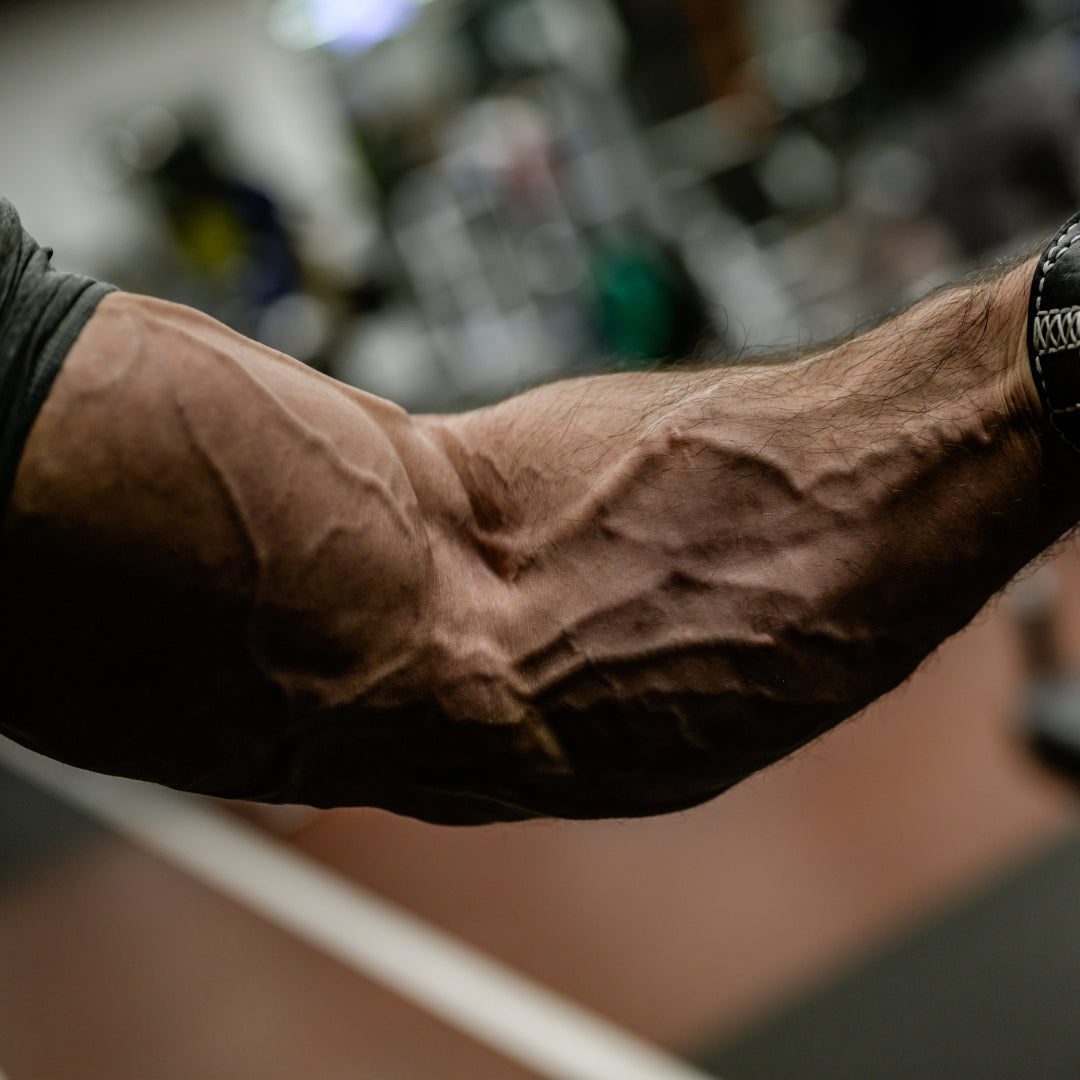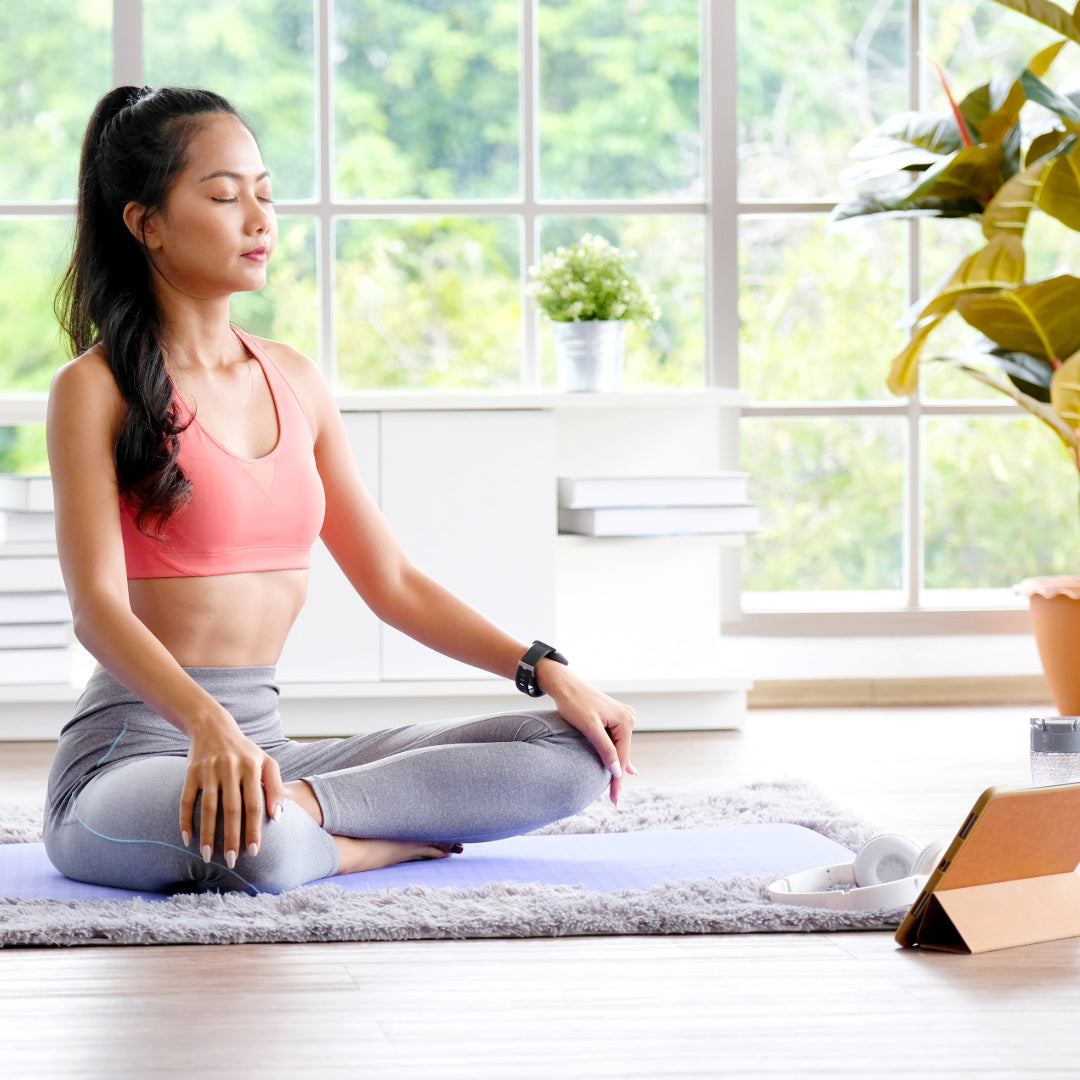
The Ultimate Guide to Increasing Forearm Size and Strength
Introduction of The Best Exercises for Forearm
Strong forearms aren't just a concern for athletes; they're a crucial component of everyday functionality. Whether you're lifting groceries, playing sports, or simply doing household chores, the strength of your forearms can significantly impact your ability to perform these tasks with ease and efficiency. Enhanced grip strength allows for better handling and control of objects, while increased arm stability supports other muscle groups, helping prevent injuries during physical activities. Moreover, well-developed forearms contribute to better overall arm aesthetics, giving a more toned and balanced appearance. This makes forearm strength training essential not only for improving physical performance but also for enhancing quality of life through everyday activities.
Why Train Your Forearms?
Understanding the anatomical composition of the forearm is key to recognizing its significance in numerous physical activities and sports. The forearm houses several major muscle groups, including the flexors and extensors, which control the movement of your wrist and fingers. These muscles are crucial for executing gripping actions and wrist movements, making them fundamental for both routine tasks and specialized athletic activities.
Incorporating dedicated forearm workouts into your training regimen, such as wrist curls and reverse wrist curls, can significantly improve grip and forearm strength. This enhancement is not just about achieving the best forearm aesthetics; it is about increasing functional strength that supports upper body exercises, aids in the effective use of a dumbbell in each hand, and stabilizes the upper arm during movement.
Moreover, a strong forearm contributes to better performance across a variety of sports—from tennis, where a firm wrist is essential, to climbing, where grip endurance can define success. Regular forearm training with exercises like hammer curls and farmer’s walks also helps in the prevention of injuries by fortifying the connective tissues around the wrist and elbow joints. Enhanced strength in these areas ensures a more balanced muscle group development, reducing the risk of strain and overuse injuries, which are common when the extensor muscles and finger flexors are underdeveloped.
Essential Forearm Exercises
Wrist Curls: A Fundamental Exercise for Forearm Strength
Description: Sit on a bench with a dumbbell in each hand, wrists resting on your knees or a flat surface, palms facing up. This position sets the stage for one of the best exercises with dumbbells dedicated to increasing strength and size.
Method: Slowly curl your wrists upwards, squeezing your forearm muscles tightly at the peak of the movement. Hold this contraction for a moment to maximize engagement before carefully lowering the dumbbells back to the starting position. This method aids in developing both strength and mass in the forearm flexor muscles.
Benefits: That target the inner forearm muscles, significantly enhancing grip and forearm size. This exercise is a staple in the best forearm workouts and exercises, vital for those looking to train forearms effectively. By strengthening these muscles, that also help in improving overall forearm training, contributing to greater endurance and performance in sports and daily activities.

Reverse Wrist Curls: A Key Exercise for Comprehensive Forearm Development
Description: As one of the best forearm exercises, Reverse Wrist Curls focus on building strength and size in the upper body. This exercise involves a similar setup to traditional wrist curls but with a crucial variation—palms facing downward. Sit on a bench, gripping a pair of dumbbells with your hands, and allow your wrists to rest either on your knees or a flat surface.
Method: Elevate the backs of your hands toward the ceiling while maintaining a firm grip on the dumbbells. Concentrate on contracting the muscles on the outer side of the forearm, particularly the forearm extensors. This movement not only increases forearm strength but also enhances forearm endurance and grip-intensive capabilities, making it essential for grip improvement.
Benefits: Reverse Wrist Curls are integral to the ultimate forearm workout, significantly strengthening the major forearm muscles and aiding in forearm engagement. Regularly performing these dedicated forearm exercises helps develop muscle and strength within the forearm, balancing muscle growth and reducing the risk of injuries from poor grip strength. They are one of the best ways to build strength and add size to the forearm, crucial for activities that rely heavily on strength and grip.

Hammer Curls: Key to Building Forearm Mass and Grip Strength
Description: Hammer curls are fundamental arm exercises that are critical for developing both forearm endurance and strength. Perfect for both beginners and advanced exercisers, this exercise involves standing or sitting with dumbbells in hand, using a neutral grip (thumbs facing up), which effectively targets the brachioradialis muscle within the forearm.
Method: Begin by gripping the dumbbells tightly throughout the movement. Curl the weights upwards while keeping your palms facing each other. It's important to maintain your elbows close to your torso to focus the tension on the forearm muscles, thereby enhancing the development and strength of these muscles. This technique ensures that you work each of your forearms equally, contributing to balanced muscle growth and increased grip strength.
Benefits: Regularly performing hammer curls helps in building grip strength and adds size & strength to the forearm muscles, particularly the brachioradialis. These exercises are vital for those who rely on strong forearms for sports or daily activities. Hammer curls are also one of the best forearm muscle exercises for increasing forearm size, aiding in grip strength, and boosting overall arm aesthetics. By enhancing forearm strength, they also contribute to a reduction in grip strength issues, making them an essential part of any effective forearm workout routine.

Farmer’s Walk: Ultimate Test of Strength and Endurance
Description: The Farmer’s Walk is one of the most effective exercises to enhance forearm strength, grip endurance, and overall body stability. This exercise involves grabbing a pair of heavy dumbbells or kettlebells, standing up straight, and walking over a predetermined distance or for a specific period of time. It's a straightforward yet demanding workout that integrates the entire body but particularly emphasizes the forearms.
Method: Start by selecting the appropriate weight that challenges you without compromising your form. Stand tall with the weights at your sides and focus on gripping the dumbbells or kettlebells tightly. Keep your shoulders pulled back and your chest out to ensure a strong posture throughout the walk. The key is to maintain this posture as you walk steadily, preventing the weights from swaying and controlling your movements to maximize the workout's effectiveness on your forearm muscles and overall stability.
Benefits: Regularly performing the Farmer’s Walk has multiple benefits. It significantly improves grip endurance, crucial for those who engage in sports or activities that rely on sustained grip strength. Additionally, this exercise builds formidable forearm strength and contributes to overall body stability, helping to better perform in other exercises and daily tasks. The Farmer’s Walk is also an excellent way to test and enhance your strength and endurance, serving as both a muscle-building activity and a cardiovascular challenge.

Incorporating Forearm Exercises into Your Routine
Integrating forearm exercises into your existing workout routine is essential for developing strength and endurance in these muscles, and enhancing your overall fitness performance. Here are some guidelines on how to effectively include these exercises and progressively increase their intensity.
Frequency of Training
For optimal results, incorporate forearm exercises into your workout schedule 2-3 times per week. This frequency allows sufficient time for muscle recovery while ensuring that the muscles are challenged regularly enough to grow in size and strength. Balancing forearm workouts with other muscle groups' training is crucial to prevent overtraining and promote balanced muscular development.
Integration into Existing Routines
Forearm exercises can be easily added to your upper body or full-body workout days. Exercises such as wrist curls, hammer curls, and the farmer’s walk can be performed at the end of your workout as these do not significantly impact the performance of other exercises. Alternatively, dedicate specific days to forearm and grip training, especially if you are engaging in grip-intensive activities or sports.
Increasing Intensity
To progressively increase the intensity of your forearm workouts, you can add more weight, increase the number of sets or repetitions, or decrease the rest time between sets. Additionally, trying different variations of the exercises or incorporating equipment like wrist rollers or grip strengtheners can provide further challenges and benefits.
Regularly updating your forearm workout routine is key to continuous improvement and avoiding plateaus. Monitor your progress and make adjustments as necessary to keep your workouts challenging and effective.
Conclusion
Strengthening your forearms isn’t just about building muscle; it's about enhancing your overall functionality and performance in everyday activities and sports. Strong forearms lead to improved grip strength, greater arm stability, and better aesthetics—benefits that extend far beyond the gym. By consistently engaging in forearm exercises, you contribute significantly to your physical health and your ability to perform tasks that require strength, endurance, and precision.
As you incorporate the exercises outlined in this guide into your routine, remember the importance of progression and adaptation. Start with manageable challenges and gradually increase the intensity of your workouts. This approach helps prevent overtraining and ensures continual growth in strength and capability. Tracking your progress is also crucial; it not only motivates you but also provides tangible evidence of your development. Use a workout log or an app to keep a record of your exercises, weights, repetitions, and overall performance.
As your forearm strength improves, so will your proficiency in other upper body exercises. This synergy will not only enhance your physical appearance but also boost your confidence and ability to handle physical challenges. Let your stronger forearms empower you across all facets of life—from lifting heavier weights to performing better in your sport of choice.
Now that you are equipped with the knowledge and techniques to strengthen your forearms, take action and put what you’ve learned into practice. We encourage you to share your progress, experiences, or any questions you might have about forearm workouts in the comments section below or on our social media platforms. Your journey could inspire others and help build a community of fitness enthusiasts dedicated to improving their physical health. Remember, every step you take towards stronger forearms brings you closer to achieving your overall fitness goals. Let’s build those gains together!








